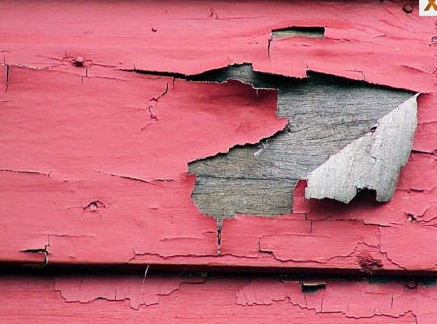
Even though full enforcement of the Environmental Protection Agency’s lead-safe rules for renovations and repairs has been in place for almost a year, many contractors are still grappling with how to remain competitive while following the rules, according to an online survey conducted by the National Association of the Remodeling Industry (NARI).
For those who do continue to work on buildings constructed before 1978, the cost of compliance with the rules can boost bid prices significantly above those from noncompliant contractors, contractors responding to the survey said. And in comments in mid-May following the EPA’s first enforcement action regarding its lead-safe rules, some contractors worried that once they’ve completed a job on a pre-’78 building, its occupants could decide to sue later on, claiming illness due to lead exposure and contractor negligence.
The survey also fielded reactions to a proposed rule that would require contractors on pre-’78 projects to submit dust-wipe samples – after the work is finished but before the building is reoccupied – that would be tested for lead levels, adding an estimated $100 to $500 to the overall job cost. A recent Wall Street Journal blog about the survey noted that, among its almost 1,500 respondents, 74% do not normally conduct dust-wipe sampling, while 26% say they do.
A hedge against future claims?
The majority of respondents said the added cost of dust-wipe testing would further encourage homeowners to do the repair or renovation work themselves or to hire noncompliant contractors to do it, thereby increasing the risk of occupant exposure to lead. It also could be argued, however, that tests verifying that lead and lead-dust levels are below hazardous thresholds might help defuse occupant complaints based on claims of lead exposure.
No question, compliance for some jobs could get expensive, because, as the EPA explains, “for a subset of jobs involving demolition or removal of plaster through destructive means or the disturbance of paint using machines designed to remove paint through high-speed operation, such as power sanders or abrasive blasters, this proposal would also require the renovation firm to demonstrate, through dust wipe testing, that dust-lead levels remaining in the work area are below regulatory levels.”
In describing the proposed new rule’s potential benefits, the EPA said it would “benefit 809,000 children under the age of 6 and 7,547,000 individuals age 6 and older (including 96,000 pregnant women) per year by minimizing their exposure to lead dust generated by renovations.” The EPA estimates annual compliance costs will range from $272 million to $336 million, depending on the lead-level threshold the agency adopts for dust-wipe results.
The comment period on the proposed rule ended July 6, 2010, and a final ruling is expected on July 15, so it remains to be seen whether documented compliance with the proposed new rule would give contractors a short-term headache but also, in a few cases, longer-term peace of mind.
Weekly Newsletter
Get building science and energy efficiency advice, plus special offers, in your inbox.





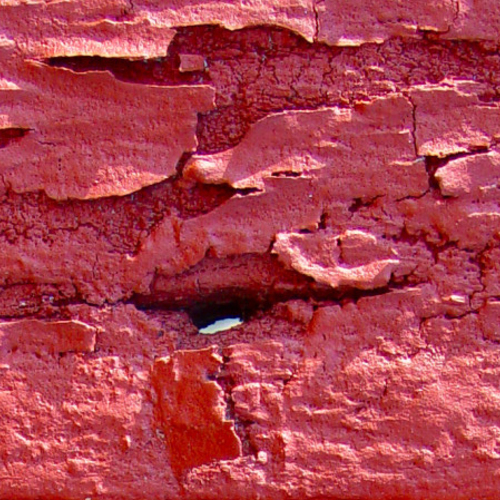
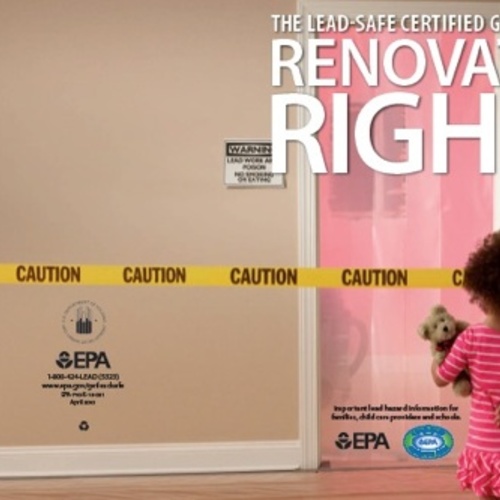
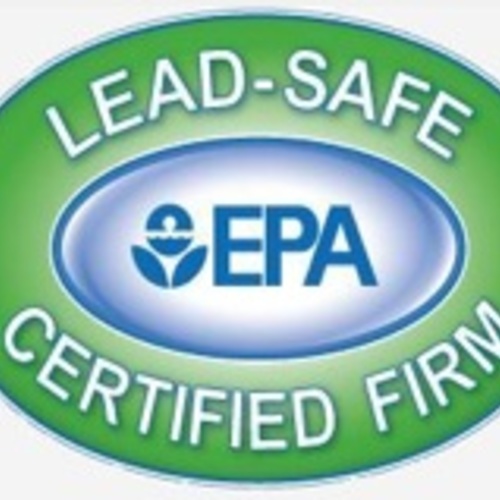
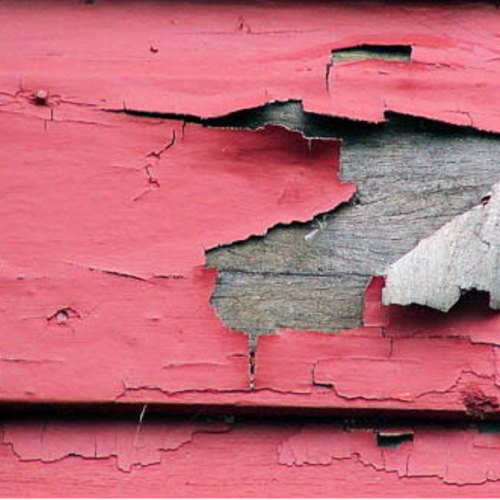






0 Comments
Log in or create an account to post a comment.
Sign up Log in